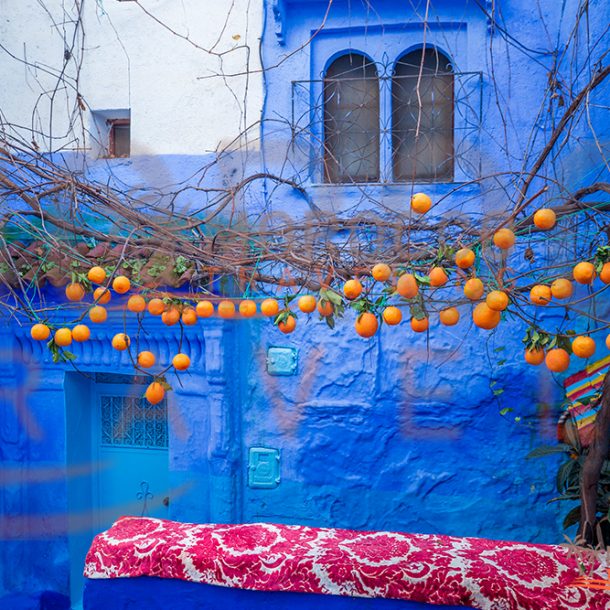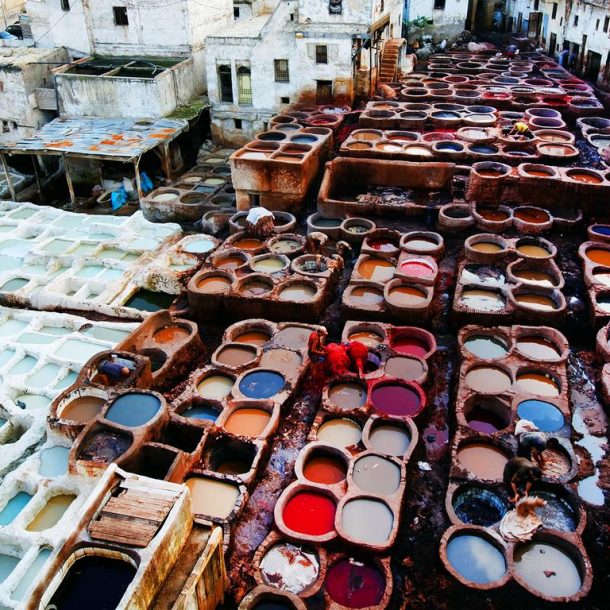
- Home
- About
- Tours
- From Marrakech
- 3 Days from Marrakech to Merzouga Desert Sahara
- 3 Days from Marrakech to Fes via Merzouga
- 4 Days from Marrakech to Sahara Desert
- 4 Days from Marrakech to Fes via Sahara desert
- 5 Days from Marrakech to Sahara Desert
- 8 Days – From Marrakech to Tangier via Sahara Desert
- 8 Days – From Marrakech to Sahara Desert
- 9 Days from Marrakech to Casablanca
- From Casablanca
- 3 Days tour from Casablanca to sahara desert
- 4 Days tour from Casablanca via Fes
- 6 Days from Casablanca to Marrakech via Desert
- 7 Days from Casablanca to Marrakech
- 7 Days – From Casablanca to Sahara Desert and Marrakech
- 10 Days Tour from Casablanca
- 10 Days – From Casablanca to Sahara Desert and Marrakech
- From Fes
- From Tangier
- From Marrakech
- Excursions
- From Marrakech
- Day Trip from Marrakech to Essaouira
- Day trip from Marrakech to Ait Ben Haddou Kasbah
- Day trip from Marrakech to Ouzoud Waterfalls
- Day Trip from Marrakech to Ourika Waterfalls
- Balloon Ride over the North of Marrakech
- Private Tour in Marrakech
- Palm Grove Quad Biking and Camel Riding Tour
- Desert and Palm Grove Quad Bike Tour
- From Merzouga
- From Chefchaouen
- From Marrakech
- Morocco
- Photos
- Blog
- Contact
The Top Things To See And do in Tangier
The top Things to see in Tangier
The gateway to Africa, Tangier never fails to enthrall its innumerable visitors each year. The best attractions in this intriguing Moroccan town are listed below.
✅ Kasbah
Walk through the Kasbah walls’ cobblestoned residential and commercial lanes after entering through the lovely Bab Haha gate. The best and least stressful approach to visit the sites is not to search for them, but rather to just happen upon them. If you end up getting lost, keep moving upward, and you’ll eventually come upon one of the babs (doors) that let you leave the building. During your stroll, you will come across the renowned 17th-century palace, which is now a museum and is situated off the Place du Menchoar. It is the location of an intriguing collection of artifacts that date from the Stone Age to the 20th century. Visitors can enjoy expansive views of both the Atlantic and Mediterranean Seas from the hilltop sites of the Kasbah.
✅ Mosquée Of Tangier
A Roman temple once stood here in the fifth century. It was transformed into a cathedral during the Portuguese invasion, and a mosque was built there in the ninth century because of its strategic location and suitability as a site of Muslim devotion. Since then, it has been transformed twice, first into a mosque and then back into a church. It is both an architecturally interesting building and a fascinating example of Morocco’s fascinating history due to the numerous transformations it has undergone throughout the years.
✅ Delicious Glass Of Orange Juice
Due to the subtropical Mediterranean climate, oranges have gained considerable notoriety throughout all of Morocco. A freshly squeezed glass of orange juice should be simple to get and cost-effective because it is widely available everywhere. If you do want ice, just be sure it was prepared using bottled water.
✅ Stroll The Beach Promenade
Funding has been allocated throughout time as the tourism sector expands to maintain the cleanliness of Moroccan cities and tourist destinations. Particularly have benefited from this are Tangier’s beaches. They have golden beaches and azure waters, making them an oasis outside of the metropolis. Because of the beaches’ close vicinity to the port, there is constantly a busy atmosphere. Being the entryway to Africa from Europe keeps the area lively and vibrant.
✅ Visit St Andrew’s Church
One of the most captivating sights in Tangier is St. Andrew’s Church. This well-known tourist destination, which King Hassan I of Morocco completed in 1905 as a gift, is a combination of several architectural types and styles, symbolizing Morocco’s multiracial people. For Christians in Tangier, the church serves as a focal point. Additionally, it has Quranic writings on its Moorish interior and designates the direction of Mecca for Muslim prayer. The interfaith experience takes on new significance after visiting this sacred location.
✅ The American Legation Museum
Many people are unaware that Morocco was the first nation to recognize the United States as an independent state following the American Revolution. This museum, which is tucked away among the bustle of the Medina, gives the city a somewhat exotic vibe. This museum takes you back in time to the 1940s and features a variety of interesting displays, including one on Paul Bowles. The regionally well-known painting frequently referred to as the “Moroccan Mona Lisa” is a must-see.
✅ Relax At The Grand Socco
The Grand Socco is where the broad road splits into the confluence of the old and new. This location is a meeting point of the ages with a mosque on one side and a movie theater on the other. Spend your money on a variety of kaftans, dried nuts, and fresh meals at the traditional market stalls. The benches surrounding the central fountain make it the ideal location to experience this nexus of periods.
✅ Cap Spartel
You may sit on its nice patio and take in the views of the Spanish coast adjacent to the Cape Lighthouse, which is situated about 14 kilometers west of the city.



